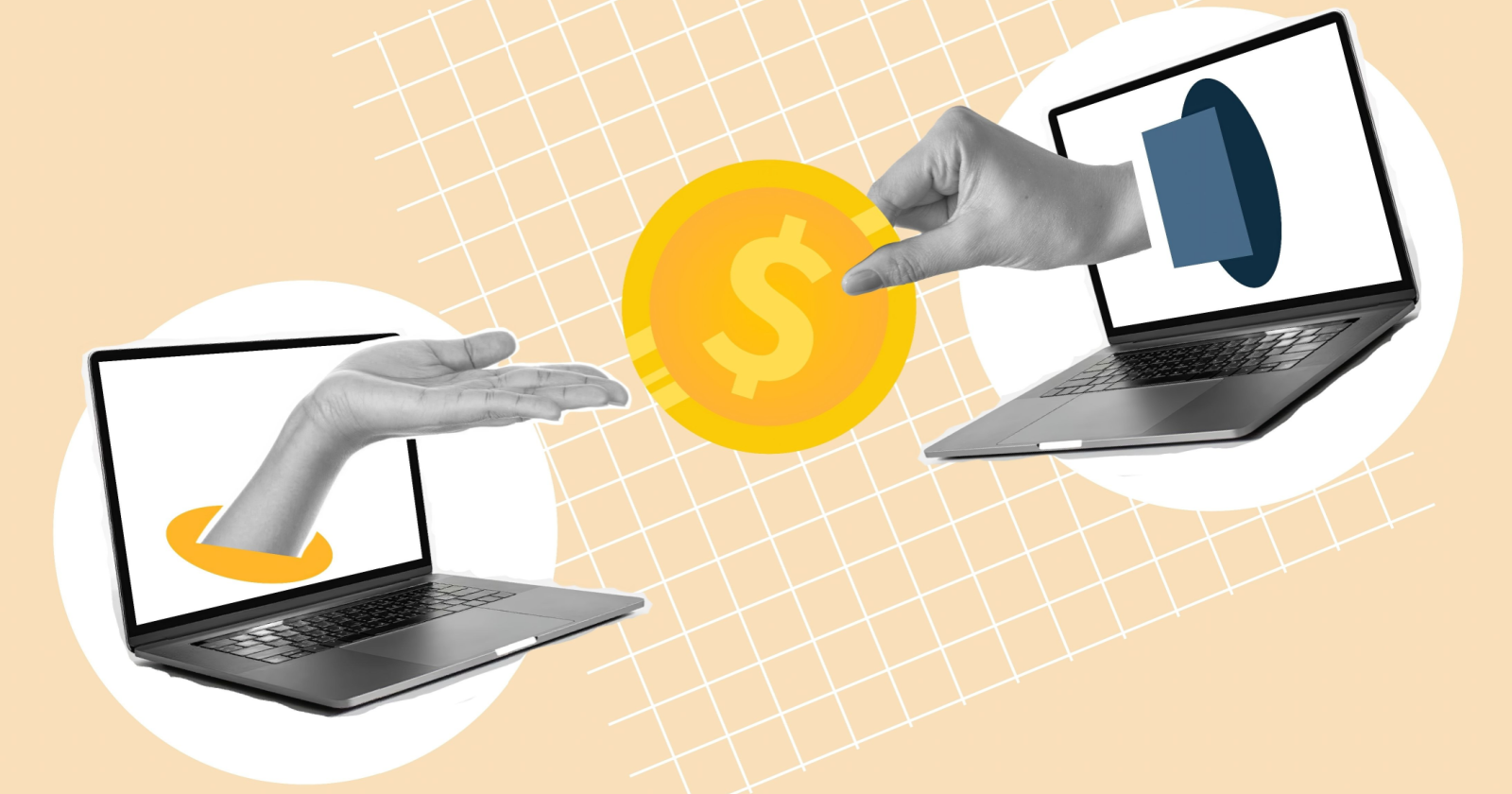How cloud-connected coasters unlock secrets of what people do with products at home
QualSights, backed by big names in research and digital marketing, shows packaged goods firms how people are really using their products.

For years, packaged goods marketers have had at best fuzzy information about how and how often people actually use their products at home.
Now QualSights, an emerging research firm that puts what it bills as “cloud-connected smart coasters” into homes to sense when people pick up and replace packages and send wireless signals, aims to change that. The idea is to give brands real-time information (including on dashboards that track individual and group behavior) about how their products are used, and a chance to test ways to get people to use more.
It’s similar to what long have been pie-in-the-sky projections of how products with radio frequency identification (RFID) chips might be used to track in-home product usage—but item-level RFID is still relatively rare.
QualSights, which has operated largely in stealth mode until now (though it did win a Greebook award as the top U.S. qualitative research firm earlier this year), has been doing work with several major CPG marketers, according to CEO Nihal Advani.
The marketers, in their own stealth mode, declined to be named, though Procter & Gamble Co. confirmed that it's working with QualSights. And QualSights technology sounds very much like workings of the “connected home” initiative Procter & Gamble Co. executives outlined in an investor presentation on Nov. 17; a spokeswoman declined to provide details on how P&G is using QualSights.
“We get data and insights collected from panel participants through measurement sensors in connected homes,” said Chief Brand Officer Marc Pritchard during the presentation. It’s part of an array of first-party consumer data P&G gets—with consumer consent—from its websites, apps, packaging and media, he said. “We bring these data assets together into P&G’s proprietary consumer database, which we call Consumer 360, and we develop predictive analytics and algorithms to build digital solutions for brands.”
While QualSights is technically qualitative—falling into the same large research bucket as focus groups—the hardware and system are priced to make it possible for brands to assemble groups of households that provide meaningful quantitative data too, Advani said. Pricing was not disclosed.
“We don’t have any technical limit on the range,” he said, “but 100 to 500 is the range we typically see now.”
Today, QualSights is a custom product, but it plans to eventually build out a syndicated service “with tens of thousands of consumers,” Advani said.
Recent additions to the QualSights board, with their many years of syndicated research experience, clearly could help there. QualSights backers and board members include IRI founder and former Comscore CEO Gian Fulgoni, former Nielsen CEO Mitch Barns and former Publicis Groupe Strategy and Growth Officer and current senior advisor Rishad Tobaccowala.
Usage testing
The business is built on the notion that a big reason for the high failure rate of new products—estimated at 85% by prior NielsenIQ studies—is that marketers don’t get much data about how much their products are being used once they’re bought, Advani said. Concept and use testing by firms such as NielsenIQ’s Bases test people’s intention to buy and get diary information about whether they use products. But the diaries are often filled out well after products are used, Advani said.
“One thing you realize is that a lot of concept testing doesn’t include enough usage testing,” he said.
Marketers using QualSights coasters can pinpoint how and when products are used and follow up with consumers to find out why and how they rate the products they used. They can form actual or virtual focus groups of users, based on the data, he said. And with panels of up to 500, they also can test various post-sale ad approaches that might lead products to be used more often and repurchased faster, he said.
The coasters also make it possible to do closed-loop virtual test markets, selling a limited run of products online and then monitoring how buyers use them at home.
“It reminds me to some degree of what we did at IRI with BehaviorScan,” Fulgoni said, referring to test markets IRI once operated in various cities. QualSights allows that research to be done much faster with more insight into how a product is actually consumed rather than just repeat purchase data, he said.
“Then you can figure out ways to stimulate that consumption with an experiment or two,” Fulgoni said. “My expectation is that marketers will find a whole bunch of realities about pockets of consumers that could be immensely useful to them in their marketing.”
Barns hearkens back to days earlier in his career working in research at P&G getting consumers to fill out paper research diaries to record their usage of Crisco.
“We had to train consumers who were members of that panel and create all kinds of reminders and mechanisms so they’d be good about filling in the diaries,” but there were always doubts about how accurately they actually recorded data, Barns said.
Digital technology and the passive collection of the data using the connected coasters may make the process a little easier, and could lead to more comprehensive data.

 Astrong
Astrong 
































